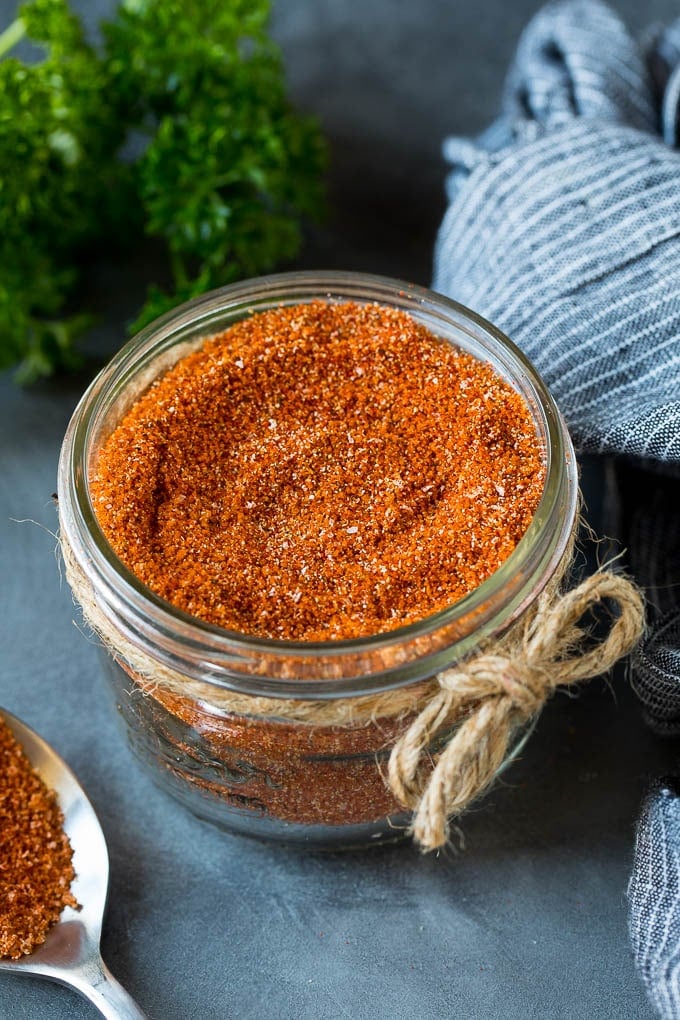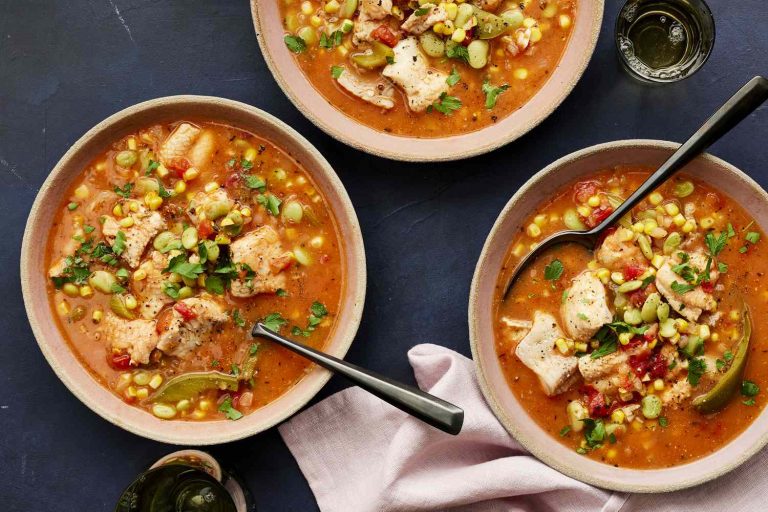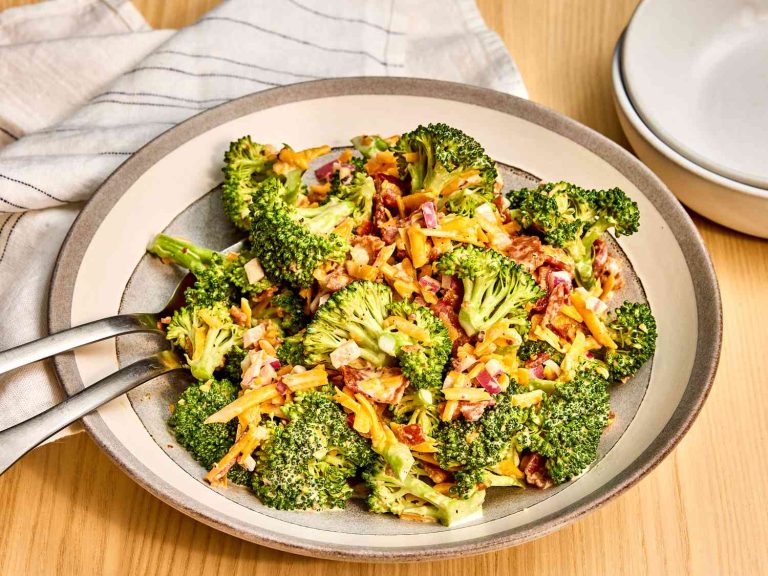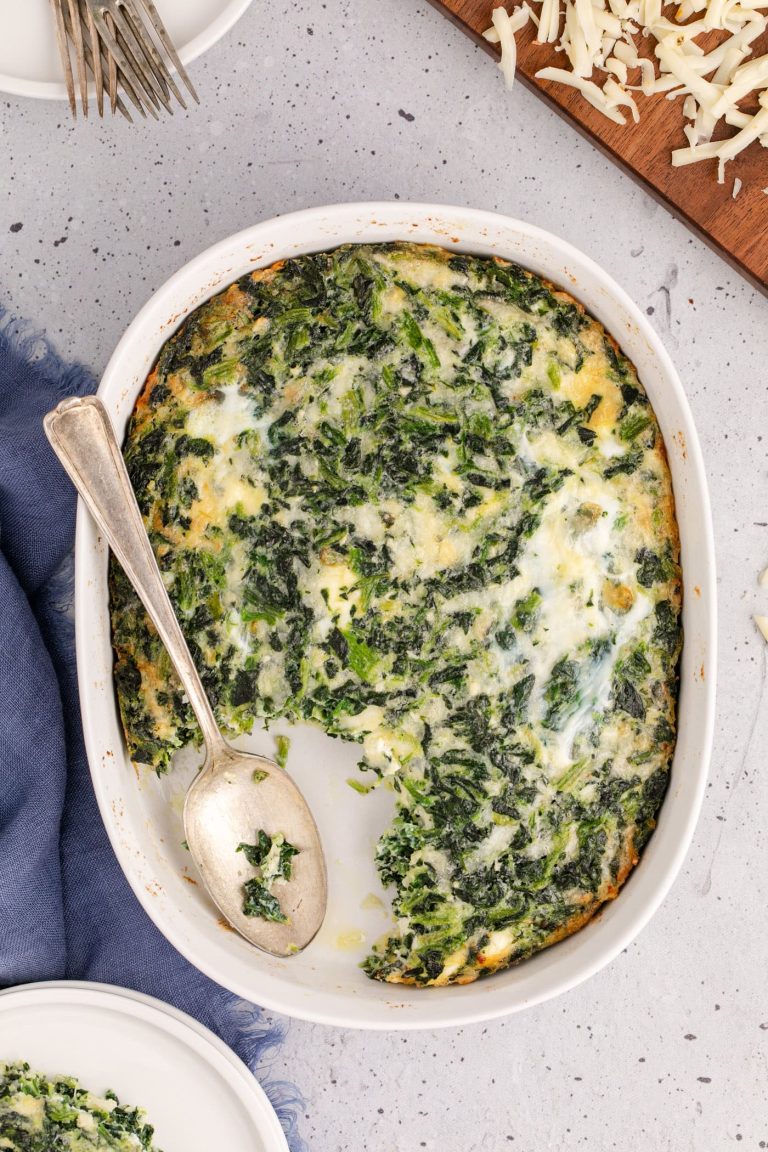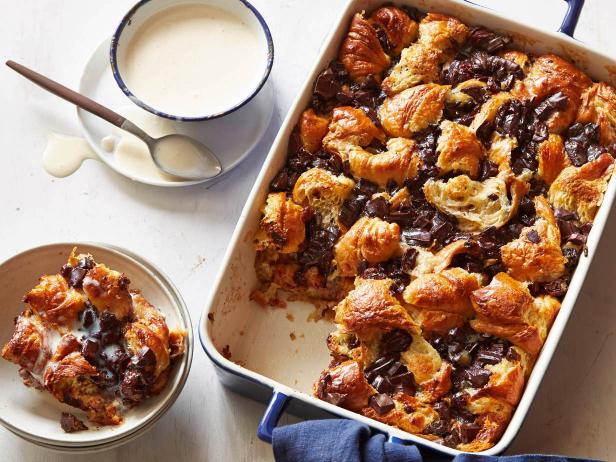Brisket Rub Recipe
Brisket smoking started centuries ago with ancient preservation methods. Native American tribes used smoking to keep meat edible for long periods. This technique ensured a reliable food supply, especially through harsh winter months. The process slowly influenced other cultures, including early settlers in North America.
Evolution of Smoked Brisket in American Cuisine
Smoked brisket became integral to American cuisine in the 19th century, particularly in Texas. German and Czech immigrants, who had a strong tradition of smoking meats, brought their skills to the region. They introduced new smoking techniques and flavors, using locally-sourced wood like mesquite and oak.
Today’s smoked brisket, often synonymous with Texas barbecue, incorporates traditional methods and modern innovations. Pitmasters now experiment with custom rubs, varying wood types, and precise smoking times to achieve distinct flavors. The evolution of these practices continues to shape the way smoked brisket is enjoyed across the nation.
Essential Ingredients for Smoked Brisket Rub
The Role of Salt and Pepper
Salt and pepper form the foundation of any good brisket rub. Salt enhances the meat’s natural flavors and helps with moisture retention during smoking. Kosher salt is preferred due to its larger grains. For pepper, freshly ground black pepper works best. The coarse texture of black pepper adds a savory spice, creating a balanced taste profile. Salt and pepper work together, allowing the brisket to develop a flavorful crust, or bark, as it cooks.
The Impact of Spices and Herbs
Spices and herbs add complexity to your brisket rub. Common spices include paprika, garlic powder, and onion powder. Paprika, whether smoked, sweet, or hot, contributes color and subtle sweetness or heat. Garlic and onion powders infuse a savory aroma and depth of flavor.
Herbs, such as thyme and oregano, bring an earthy quality without overpowering the meat. These ingredients complement the salt and pepper, creating layers of flavor. Using a mix of common and unique spices and herbs, you can customize your rub to create distinct and memorable brisket flavors.
How to Choose the Best Smoked Brisket Rub
Pre-Made Rubs vs. Homemade
Choosing between pre-made rubs and homemade options depends on your priorities. Pre-made rubs offer convenience and consistent flavor profiles. Brands like Killer Hogs and Traeger provide high-quality options with balanced spices, ensuring reliable results. However, consider homemade rubs if you seek a customizable flavor profile. You can adjust ingredient ratios, such as paprika or cayenne, to match personal preferences. Moreover, crafting your own allows for experimenting with unique spice blends.
Factors to Consider When Buying
When buying smoked brisket rub, evaluate several factors. First, check the ingredient list for natural elements. Avoid additives like MSG or artificial flavors. Next, consider the salt and sugar content. High salt or sugar can dominate the flavor and affect the brisket texture. Another factor is spice blend balance. Look for combinations featuring complementary spices like cumin, chili powder, and garlic. Lastly, read reviews from trusted sources or fellow pitmasters. Feedback can provide insights into flavor strength and rub performance during smoking.
Flavors and Ingredients
Understanding the flavors and ingredients is crucial in selecting the best rub for smoked brisket. Classic rubs often include salt, black pepper, paprika, and garlic. These create a savory base. For a sweet touch, consider rubs with brown sugar or honey powder. Spicier rubs might feature cayenne or crushed red pepper flakes. Additionally, unique ingredients like coffee grounds or cocoa powder can add depth. Always align the rub flavor with your overall taste preference.
Brand Reputation
Reputable brands offer tested and trusted rubs. Companies like Meat Church and Pit Boss have built their names on delivering quality products. Research the brand’s history and product consistency. Check if they provide detailed ingredient information and usage guidelines. Choose brands with positive feedback and proven results in various smoking conditions.
Cost vs. Quality
Balance cost and quality when selecting a rub. Higher-priced rubs might offer exotic spices or organic ingredients. However, many mid-range options deliver excellent flavor without breaking the bank. Consider how often you smoke brisket and your willingness to invest in premium spices. A well-chosen rub can enhance brisket quality significantly, making the additional cost worthwhile.
By considering these factors, you can confidently select a smoked brisket rub that suits your cooking style and flavor preferences.
Applying the Rub: Techniques and Tips
Best Practices for Even Application
To achieve an evenly seasoned brisket, rub application must be consistent and thorough. Start with a clean, dry brisket, patting it dry using paper towels. Generously sprinkle the rub from a height of about 12 inches above the meat. This helps distribute the rub evenly.
Massage the rub into the meat, ensuring every part is covered, including the sides and any crevices. Use gloves if you prefer to avoid contact with raw meat. Turn the brisket and repeat the process until completely coated.
Gather any seasoning that falls off during the process and reapply it to the brisket. Even coverage enhances flavor distribution and helps form a consistent crust.
Timing Your Rub Application
The timing of rub application can impact flavor absorption and bark formation. Apply the rub at least an hour before smoking the brisket. For deeper flavor, consider seasoning the brisket and letting it rest in the refrigerator for 6-12 hours or overnight.
If you’re short on time, even a 30-minute rest period allows the rub to adhere better to the meat. Whether short or long-term, ensure the brisket returns to room temperature before smoking to achieve consistent cooking results.
Cooking Your Smoked Brisket
Preparing the Smoker
Start by ensuring your smoker is clean and in good working condition. Remove ash from previous cooking sessions and clean the grates. Use a good quality hardwood, like oak or hickory, for a consistent smoke flavor. Fill the smoker’s water pan to help maintain a stable temperature and add moisture to the cooking environment. Preheat the smoker to a stable temperature of 225°F before placing the brisket inside.
Maintaining Temperature and Smoke
Keep a close eye on the temperature throughout the cooking process. Use a reliable smoker thermometer to monitor both the smoker’s internal heat and the internal temperature of the brisket. Adjust the smoker’s vents to control airflow and maintain the desired temperature. Periodically check the fuel and add more hardwood if necessary, ensuring consistent smoke production. Aim for a steady, thin smoke, avoiding thick billows that can impart a bitter taste to the brisket.
Conclusion
Mastering the art of smoked brisket rub takes your BBQ game to the next level. By understanding the essential ingredients and balancing cost and quality, you can create a rub that enhances the flavor and forms a perfect crust. Whether you choose a pre-made mix or craft your own, the right rub, combined with proper smoker preparation and temperature control, ensures a mouth-watering brisket every time. Remember, patience and precision are key to achieving that tender, flavorful result. So, fire up your smoker, apply your rub evenly, and get ready to impress with your next smoked brisket.
